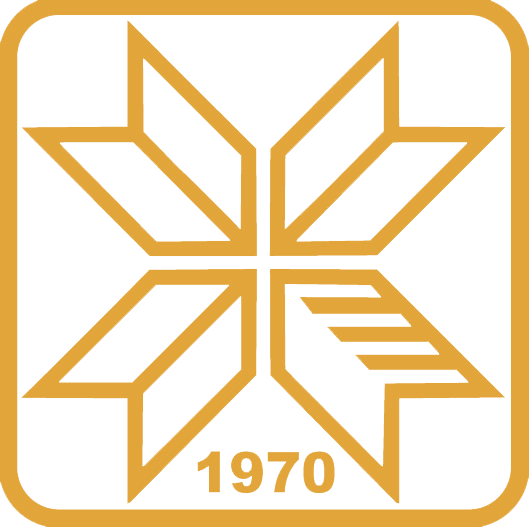PHYSICOCHEMICAL INVESTIGATION Zn DOPED PWB
Аутори
Ацковић, Јована
Метаподаци
Приказ свих података о документуАпстракт
Polyoxometalates (POMs), although having more than a hundred years of history, continue to
attract the attention of researchers as catalysts, solid superionic proton conductors at room
temperatures, applicable in different electrochemical devices, and also as photochromic, biochemical and biomedical active materials. [1] The best-known group of polyoxometalates (POMs) are the heteropoly compounds (HPCs) with the Keggin anion structure. Heteropolyacids, with a general formula of H3+xAM12O40 ∙ nH2O (x=0-1; A=P, Si, B, As, Ge;M=Mo, W; n=30-6) are of special interest as newmaterials because of their high conductivities. Among them special attention deserves the 12-tungstophosphoric (29- WPA) acid. Heteropolies of acids and salts heteropolises of acids can also be used as starting materials for the production of tungsten bronzes. Phosphate tungsten bronzes (WPB) have been intensively investigated for many applications due to their interesting chemical, optical, electrical, and mechanical properties. These bronzes have a specific structure that results from the collapse of the Kegin anion at a temperatures up to 602 0C. This structure is layered and consists of interconnected PO4tetrahedra and WO6octahedra. In such a structure, pentagonal and hexagonal openings (cavities, channels) are formed in which there is a complete or partial exchange of H+ ions in WPA. In this work, synthesized 12-tungstenphosphoric acid (H3PW12O40 ∙ nH2O, WPA) was further ionically exchanged with Zn2+ ions, which gave 12-tungsten phosphoric acids of the transition metal (ZnPW12O40 ∙ nH2O, ZnWPA). ZnWPA was then subjected to thermal analysis, which determined the phase transition temperature (when the Keggin anion collapses). The temperature of collapsing the Keggin anion is about 600 °C, and at this temperature, ZnWPA was heated for 10 minutes to obtain phosphate tungsten bronzes doped with zinc ( ZnWPB). Physico-chemical methods IR, XRPD and SEM were used to characterize the material. The redox activity of these materials has already been investigated, and the obtained results have encouraged further studies of the possibility of their analytical application.
М категорија
M34openAccess
M34
openAccess
